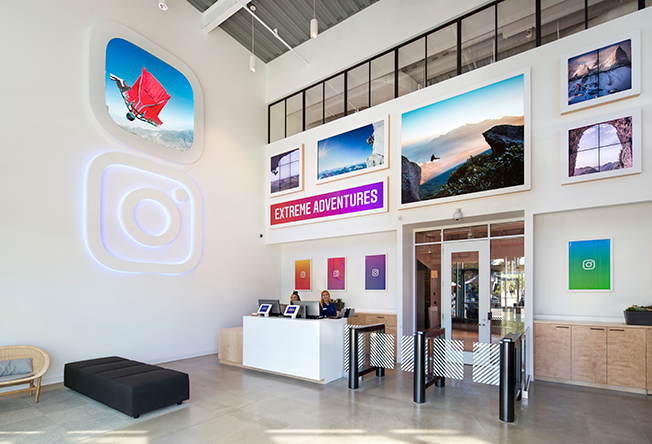We can barely remember our first Instagram post, but it was sometime after its launch in 2010. The chosen filter? Probably Lo-Fi.
Fast forward to 10 years later, and its Instagram’s 10th birthday. We don’t even need to draw out the platform’s significance and how it has essentially transformed the way people interact, consume to even how people behave on vacations and to many, given birth to new businesses and how they monetise.
That’s the glorified, filtered version anyway.
Instagram first launched on October 6, 2010 with 25,000 sign ups (already impressive). Within a week, the number surged past 100,000. Now, its over 1 billion.
What started as the brainchild of founders Kevin Systrom & Mike Krieger, transformed into faded built-in filters, latte art, experiences and eventually evolved into Instagram videos, stories, stickers and DM.
Facebook acquired Instagram in 2012 for US$1 billion, a massive figure for that time, and for a company with only 13 employees. Then, the acquisition slowly shifted to become an attempt at control and making sure Instagram would never grow to be bigger than Facebook.

The key takeaway from that acquisition is that at the time, Facebook was terrified of Twitter (and even tried to acquire it), so Instagram become some sort of shield protector for the external threats.
It’s hard to imagine Instagram’s existence without Facebook, as it has spent 8 out of 10 years under the resourceful wings of its controlling social media parent. Granted, Facebook’s resources and ecosystems, from money to facilities to even just manpower, allowed Instagram to easily trial and test an idea and launch it under tight schedules.
The argument is though, did Facebook do everything in its power to ensure Instagram got big, but not big enough to be a threat?
For those who want a deep dive into all this, we recommend picking up a copy of Bloomberg tech journalist Sarah Frier’s ‘No Filter’, an investigative analysis into Instagram.
Instagram: 2020
In the light of its 10th birthday, Instagram has also launched some new features for users. One, is a cute gimmick of letting us custom select the Instagram icon to multiple colors, or even switch back to the app’s retro icon from the early days.
There’s also a private “Stories Map,” offering a retrospective of the Stories you’ve shared over the last three years in an easily digestible format of a literal map.
But the real important story for its 10th birthday? Fast forward to October 7th 2010, it’s interesting that Facebook has never disclosed revenue figures for Instagram, neither has it updated total users since 2018, according to Frier.
Instagram’s significant milestone comes amid a time where the US congress is expected to release results of a major monopoly probe into the biggest tech companies, its owner Facebook included.
Facebook, meanwhile, is racing to consolidate all of its apps and units together ahead of the hearing, with the argument that its ecosystem is stronger together than apart.
“Facebook has built Instagram from a niche photo-sharing app with no monetization plans into the phenomenal success story that it is today,” it argues.
Do you think Instagram would have thrived without Facebook?




